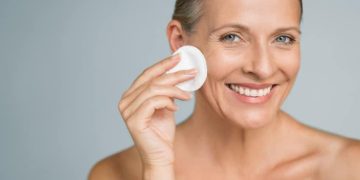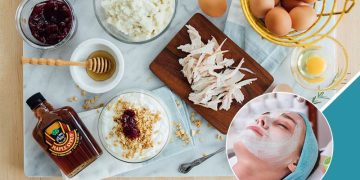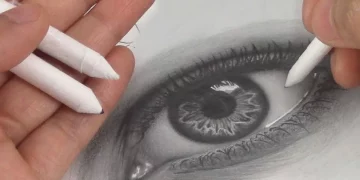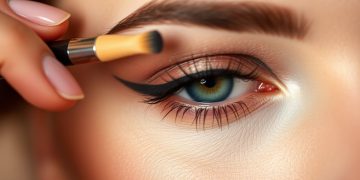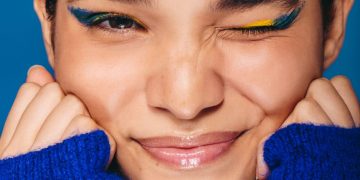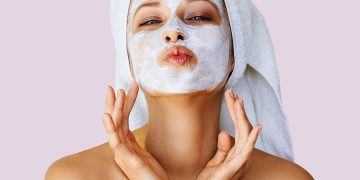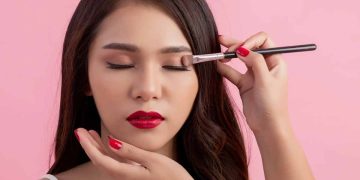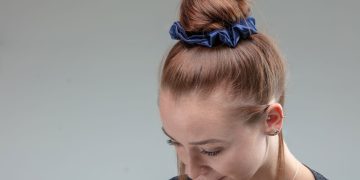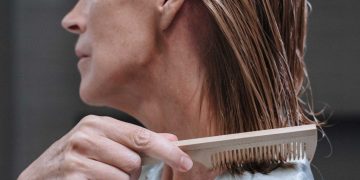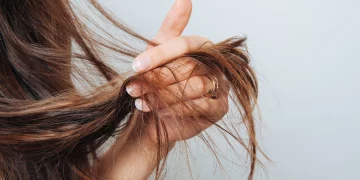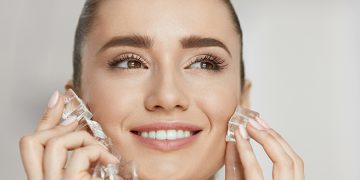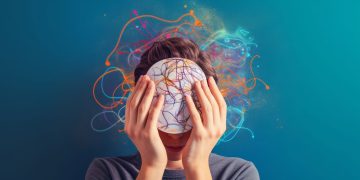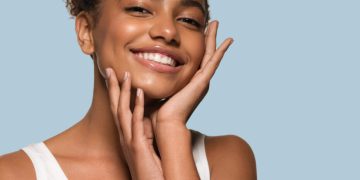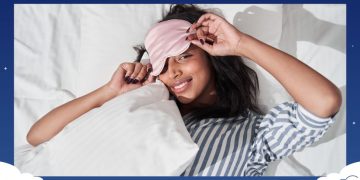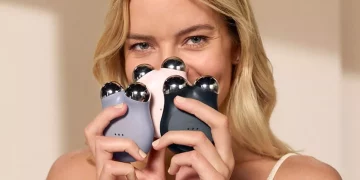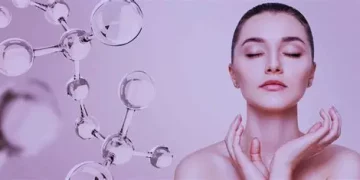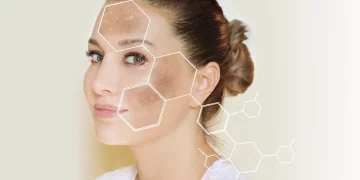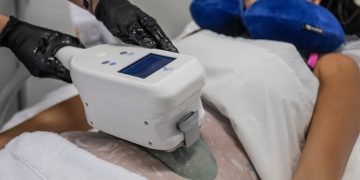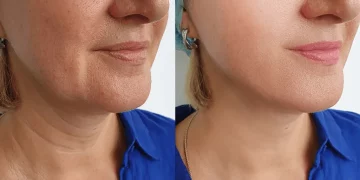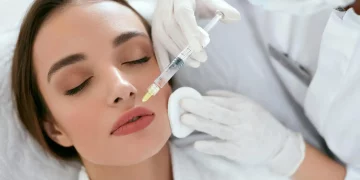Introduction: The Popularity of Botox in Anti-Aging Treatments
In recent years, Botox has become a household name when it comes to anti-aging treatments. It promises to reduce the appearance of wrinkles, fine lines, and other visible signs of aging by temporarily paralyzing muscles, creating a smoother, youthful look. However, with so many options available, it’s natural to wonder: Does Botox really provide long-lasting results?
Botox has become a staple in cosmetic dermatology, but like all treatments, it’s essential to understand both its benefits and limitations. In this article, we will dive deep into Botox’s wrinkle-reducing effects, explore its suitable candidates, and provide practical advice on how to avoid side effects to ensure a safe and successful experience.
1. What is Botox and How Does It Work?
1.1. Botox – The Basics
Botox, also known as botulinum toxin type A, is a neurotoxin produced by Clostridium botulinum, a bacterium. In cosmetic applications, Botox is injected into specific muscles to temporarily block the nerve signals that cause muscles to contract. When injected into targeted areas of the face, Botox smooths out wrinkles caused by repetitive facial movements, such as frown lines, crow’s feet, and forehead wrinkles.
1.2. Mechanism of Action
Botox works by temporarily paralyzing the muscles that contribute to wrinkle formation. By preventing muscle contraction, it creates a relaxed appearance in the treated areas, leading to smoother skin.
- Frown Lines: Botox can relax the muscles between the eyebrows, smoothing out glabellar lines.
- Crow’s Feet: By relaxing the muscles around the eyes, Botox softens laugh lines and crow’s feet.
- Forehead Lines: Botox can also reduce the appearance of horizontal forehead lines caused by frequent brow movement.
These results are typically visible within a few days of treatment and can last for several months.
2. How Long Does Botox’s Wrinkle-Reducing Effect Last?
2.1. Duration of Results
The effects of Botox are temporary and generally last between 3 to 6 months, depending on factors such as:
- Individual metabolism: Some people metabolize Botox more quickly, leading to a shorter duration of effect.
- Treatment area: Botox in areas like the forehead may last slightly less than in areas like the crow’s feet.
- Frequency of treatments: Over time, with consistent Botox use, some individuals report that the effects seem to last longer due to muscle weakening and reduced movement.
- Botox dosage: The amount of Botox used can also influence how long the results last. Higher doses may provide longer-lasting results but can also increase the risk of side effects.
2.2. Why Botox Effects Are Not Permanent
Botox’s effects are temporary because muscle paralysis is reversible. Over time, the body metabolizes the botulinum toxin, and the nerve signals that were previously blocked gradually return to normal, causing the muscles to regain their function and the wrinkles to reappear. That’s why maintenance treatments are required every few months to keep the skin smooth and wrinkle-free.
- Muscle regeneration: The treated muscles eventually regain their ability to contract, leading to the gradual return of wrinkles.
- Ongoing treatments: To maintain the effects of Botox, regular touch-up treatments are necessary.
3. Who is a Good Candidate for Botox?
3.1. Ideal Candidates for Botox
Botox is suitable for individuals who are looking to reduce visible signs of aging caused by repetitive facial muscle movements. Common treatment areas include:
- Frown lines between the eyebrows
- Crow’s feet around the eyes
- Forehead lines
- Bunny lines on the nose
- Marionette lines or lip lines (although less common)
While Botox is primarily used to treat wrinkles and fine lines, it can also help with medical conditions like excessive sweating (hyperhidrosis), migraines, and muscle spasms.
3.2. Botox for Younger People: A Preventative Measure
While Botox is often associated with older individuals seeking to reduce existing wrinkles, more people in their 20s and 30s are opting for Botox as a preventative measure to avoid the deepening of wrinkles as they age. This approach is sometimes referred to as “prejuvenation”, and it involves starting Botox treatments early to prevent the formation of wrinkles in the first place.
- Botox can be used to prevent the repetitive muscle movements that lead to the formation of wrinkles.
- Younger patients often require lower doses of Botox than older individuals.
3.3. Who Should Avoid Botox?
While Botox is safe for many people, there are certain individuals who should either avoid it or consult with a professional before undergoing treatment:
- Pregnant or breastfeeding women: Botox is generally not recommended during pregnancy or breastfeeding, as its effects on the baby are not well-studied.
- Active skin infections: If you have an active skin infection at the site of injection, it’s important to wait until the infection has cleared up.
- Neurological conditions: People with certain neurological disorders, like ALS or myasthenia gravis, should avoid Botox because these conditions may increase the risk of complications.
- Allergy to Botox: If you’ve had an allergic reaction to Botox or any of its ingredients, you should avoid it.
Always consult with a qualified healthcare professional before getting Botox to ensure it is right for you.

4. How to Avoid Side Effects of Botox?
4.1. Choosing the Right Practitioner
One of the most important steps in avoiding Botox-related side effects is selecting a skilled and experienced injector. The success of Botox largely depends on the knowledge and precision of the person administering the treatment. To minimize the risk of complications, consider the following when choosing a practitioner:
- Certified dermatologist or plastic surgeon: These professionals are trained in facial anatomy and injection techniques.
- Reputable clinics: Look for clinics with a good reputation and experienced staff.
- Before-and-after photos: Ask to see examples of previous clients to gauge the practitioner’s expertise.
4.2. Avoiding Common Side Effects
While Botox is generally safe, there are some potential side effects that may arise from the treatment. Here are a few tips to help minimize the chances of experiencing unwanted side effects:
- Bruising: It’s common to experience mild bruising at the injection site. To minimize this, avoid blood thinners (like aspirin) for a few days before treatment and inform your practitioner of any medications you are taking.
- Drooping eyelids: If Botox is injected too close to the eyelids, it can lead to a condition known as ptosis, or drooping eyelids. To avoid this, ensure that the injector is skilled and has a deep understanding of facial anatomy.
- Headache or flu-like symptoms: Some people experience mild flu-like symptoms after Botox, but these usually resolve within a few hours.
- Asymmetry: Occasionally, Botox can result in uneven results. This can be corrected with touch-up treatments.
4.3. Post-Treatment Care
After your Botox treatment, follow the post-care instructions provided by your practitioner to ensure the best results and minimize complications:
- Avoid lying down for at least 4 hours after treatment to prevent the Botox from spreading to unintended areas.
- Don’t massage or rub the treated areas for 24 hours.
- Stay upright and avoid intense physical activity for 24 hours after the procedure to prevent bruising and ensure the Botox settles correctly.
- Use sunscreen: The treated skin may be more sensitive to the sun, so applying sunscreen daily is important.
5. How to Maximize the Results of Botox
To get the best, longest-lasting results from your Botox treatment, consider the following tips:
- Avoid touching or rubbing the treated area immediately after the procedure.
- Follow up regularly with maintenance treatments. Your practitioner will recommend the best schedule based on your unique needs and goals.
- Hydrate and moisturize your skin to maintain elasticity.
- Maintain a healthy lifestyle, as factors like smoking, excessive alcohol consumption, and poor diet can accelerate the formation of new wrinkles.
6. Conclusion: Is Botox Worth It for Wrinkle Reduction?
Botox is undoubtedly one of the most effective and popular options for reducing the appearance of wrinkles and fine lines. With immediate results, minimal downtime, and the ability to target multiple areas of the face, it offers a convenient and relatively low-risk solution for individuals looking to rejuvenate their skin.
However, it’s important to remember that Botox is not a permanent solution. Regular treatments are needed to maintain results, and there are certain risks and side effects to consider, particularly if the procedure is not performed correctly.
Ultimately, Botox can be an excellent option for those seeking a non-invasive way to reduce wrinkles, but it’s crucial to choose a skilled practitioner, follow proper post-care guidelines, and have realistic expectations about the longevity of the results.
If you’re considering Botox for wrinkle reduction, a consultation with a qualified professional will help you determine whether it’s the right treatment for your skin and beauty goals.



